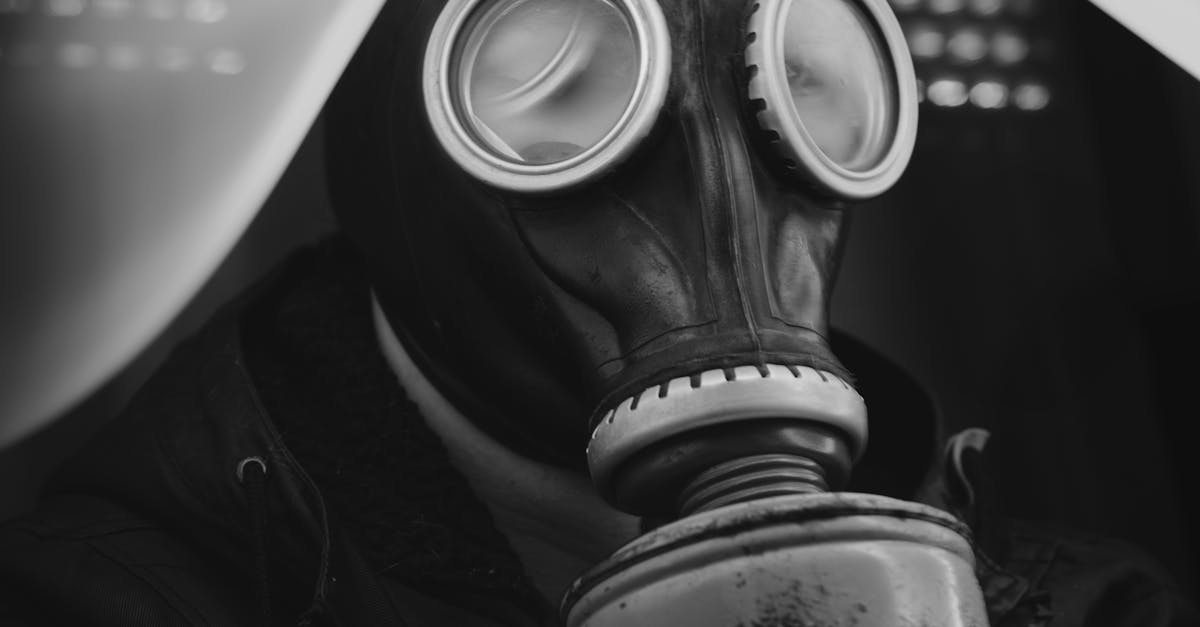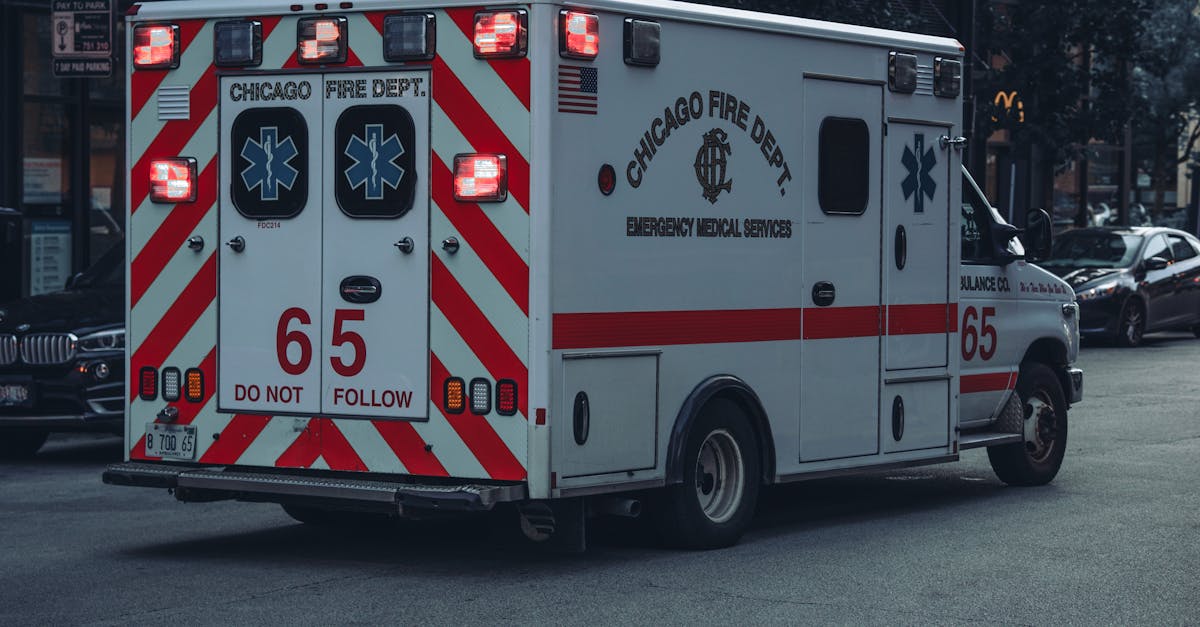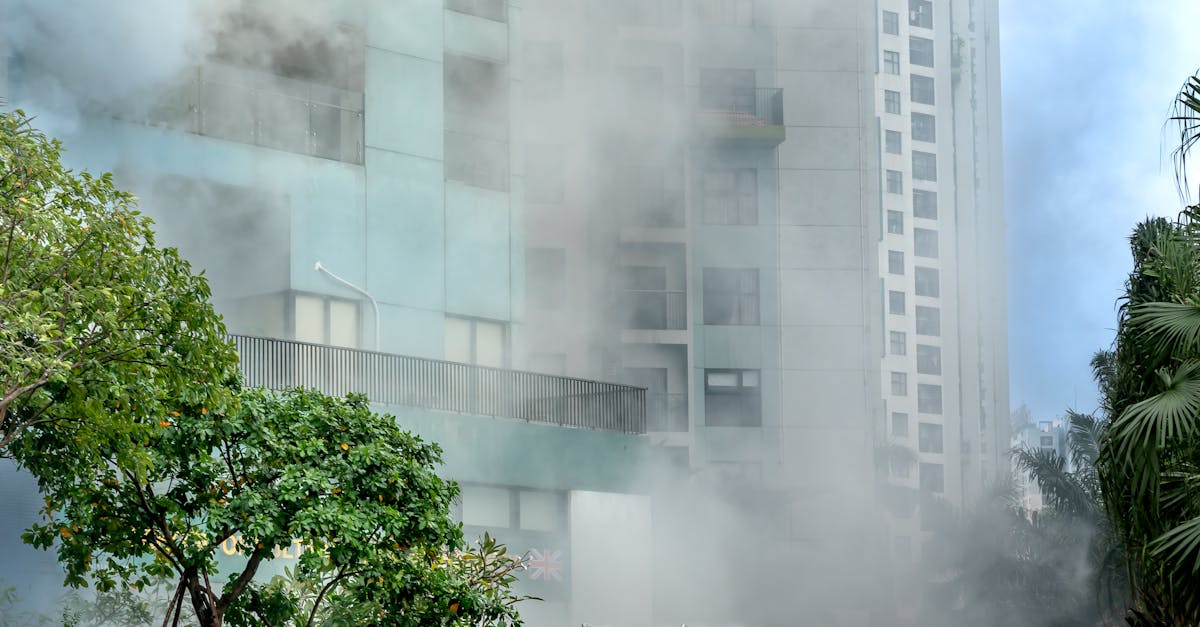
Table Of Contents
When to Call a Professional
Knowing when to call a professional for toilet repairs can save time and prevent further damage. If the toilet continues to leak despite replacing parts, it might indicate a more significant issue within the plumbing system. Similarly, if you encounter persistent clogs that a plunger cannot resolve, professional assistance is likely necessary.
In some cases, attempts at DIY repairs can exacerbate the problem. If you're unsure about the repair process or lack the necessary tools, it's best to consult a professional. Complicated issues, such as problems with the toilet’s internal mechanisms or major plumbing issues, often require expert knowledge to ensure proper resolution.
Signs Indicating Professional Help is Required
When dealing with toilet issues, there are clear signs that indicate it’s time to call in a professional. If you notice persistent leaks or overflowing water that you cannot control, these are serious problems that often require specialized knowledge and tools. Ignoring such issues can lead to extensive water damage and mold growth, which may result in higher repair costs in the long run.
Another indication that professional help is necessary is the constant need for toilet repairs despite your attempts to fix minor problems. If frequent clogs, phantom flushing, or inconsistent water levels persist, it suggests an underlying issue that likely exceeds typical maintenance. In these cases, a qualified plumber can diagnose and resolve the problem effectively, preventing further complications down the line.
Preventative Maintenance for Toilets
Regular maintenance is essential for prolonging the life of your toilet and minimizing the need for toilet repairs. Cleaning the toilet bowl with appropriate cleaners helps prevent mineral buildup that can lead to clogs. Inspecting the flapper and fill valve periodically ensures they are functioning well, which can prevent leaks and other issues. A simple check of the water level in the tank should be part of your routine. Keeping it within the recommended range reduces the risk of unnecessary overflow.
In addition to routine checks, it’s important to be mindful of what you flush down the toilet. Only human waste and toilet paper should go into the bowl to avoid blockages. Avoid flushing non-biodegradable items such as wipes or feminine hygiene products, as these can cause significant plumbing issues. Educating family members about proper toilet usage can promote preventative care and decrease the frequency of toilet repairs. Taking these small steps can save homeowners time and money in the long run.
Tips for Keeping Your Toilet in Good Condition
Regular maintenance of your toilet can help prevent unexpected issues and costly toilet repairs. Start by inspecting the area around the base for leaks or moisture, as small problems can escalate if left unattended. Additionally, consider checking and replacing the flapper valve as needed. Over time, these parts can wear down, leading to water waste and increased bills.
Cleaning the toilet regularly not only keeps it looking good but also helps maintain the internal components. Avoid using harsh chemicals that can damage the rubber parts within the tank. Instead, use mild cleaners to remove stains and buildup. Engaging in routine maintenance tasks can significantly reduce the likelihood of requiring professional help and keep toilet repairs at bay.
Understanding Toilet Parts
Toilets consist of several key components that work together to function properly. The tank holds water that flushes the bowl, while the bowl collects waste. A float mechanism regulates water levels inside the tank, and the flapper controls the release of water during a flush. Understanding these parts is crucial for diagnosing common issues that may lead to toilet repairs.
Furthermore, the fill valve replenishes water in the tank after each flush, ensuring it's ready for the next use. The wax seal under the toilet connects the bowl to the drainpipe and prevents leaks. These components often need maintenance or replacement, making knowledge of their functions essential for anyone looking to perform basic toilet repairs.
Overview of the Components That Can Fail
Toilets consist of several key components that can fail over time, leading to the need for toilet repairs. The most common parts that may require attention include the flapper valve, tank ball, and fill valve. The flapper valve controls the water flow from the tank to the bowl during a flush. A worn or misaligned flapper can result in leaks, while a malfunctioning fill valve can cause the toilet to run continuously or fail to refill properly after a flush.
Another critical component is the flush handle, which can become loose or break, making it difficult to operate the toilet. Additionally, issues with the overflow tube can lead to water spilling into the tank instead of the bowl during flushing. Regularly checking these components can help identify signs of wear before they escalate into more significant problems, prompting the need for costly toilet repairs.
FAQS
What is the most common toilet repair?
The most common toilet repair is fixing a leaky toilet, often due to worn out flapper valves or faulty seals.
How can I tell if my toilet needs repair?
Signs that your toilet may need repair include constant running water, leaks around the base, unusual noises, or frequent clogs.
How can I maintain my toilet to prevent repairs?
Regular maintenance includes checking the flush mechanism, cleaning the toilet regularly, and inspecting for leaks or corrosion.
When should I attempt a DIY repair versus calling a professional?
If the issue is minor, such as a clogged toilet or a minor leak, you may be able to fix it yourself. However, if you notice significant leaks, persistent issues, or if you're unsure, it's best to call a professional.
What toilet parts are most likely to fail and require repair?
Common parts that can fail include the flapper valve, fill valve, flush handle, and wax ring seal. Regular inspection can help you identify potential issues early.



















